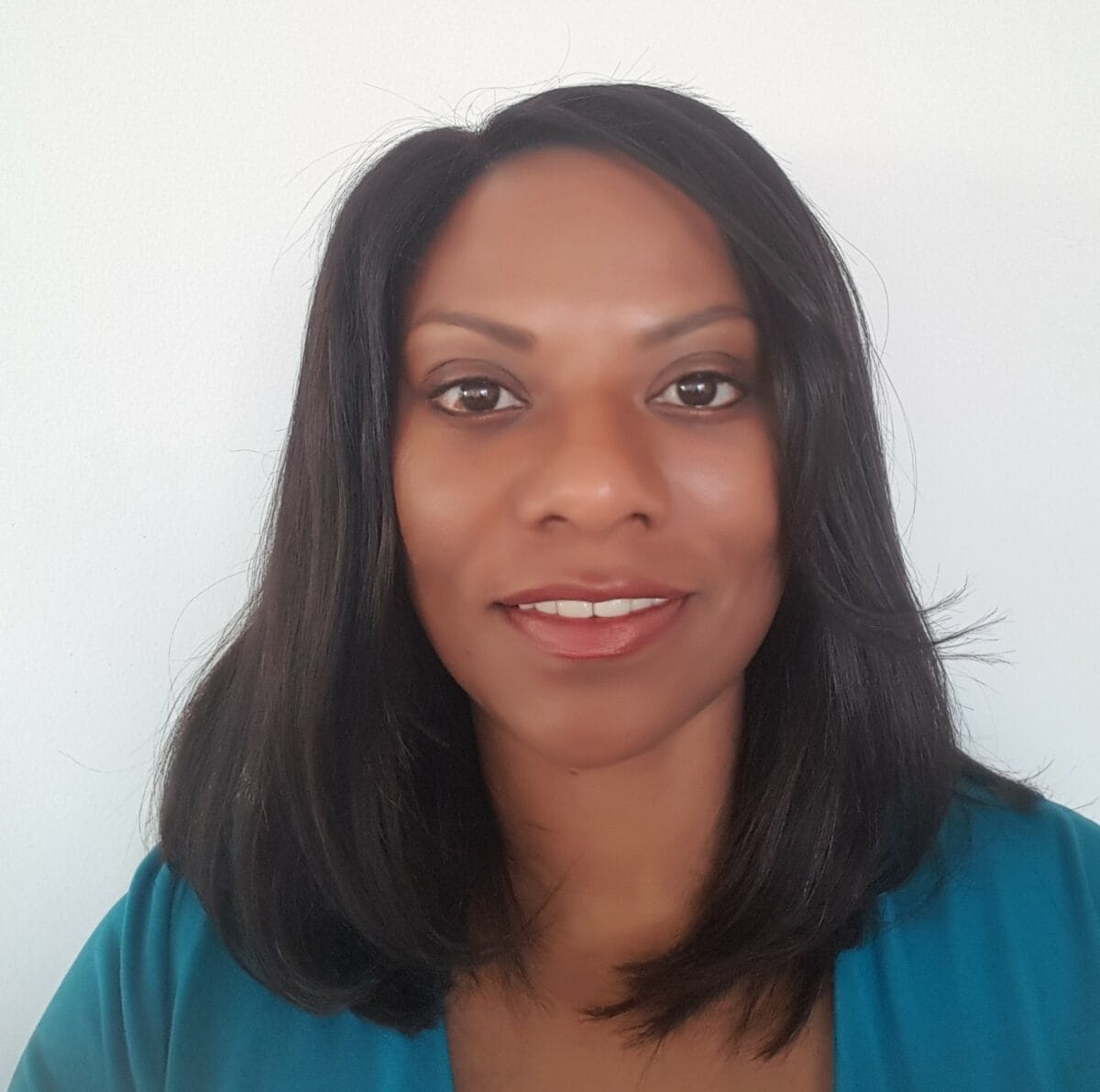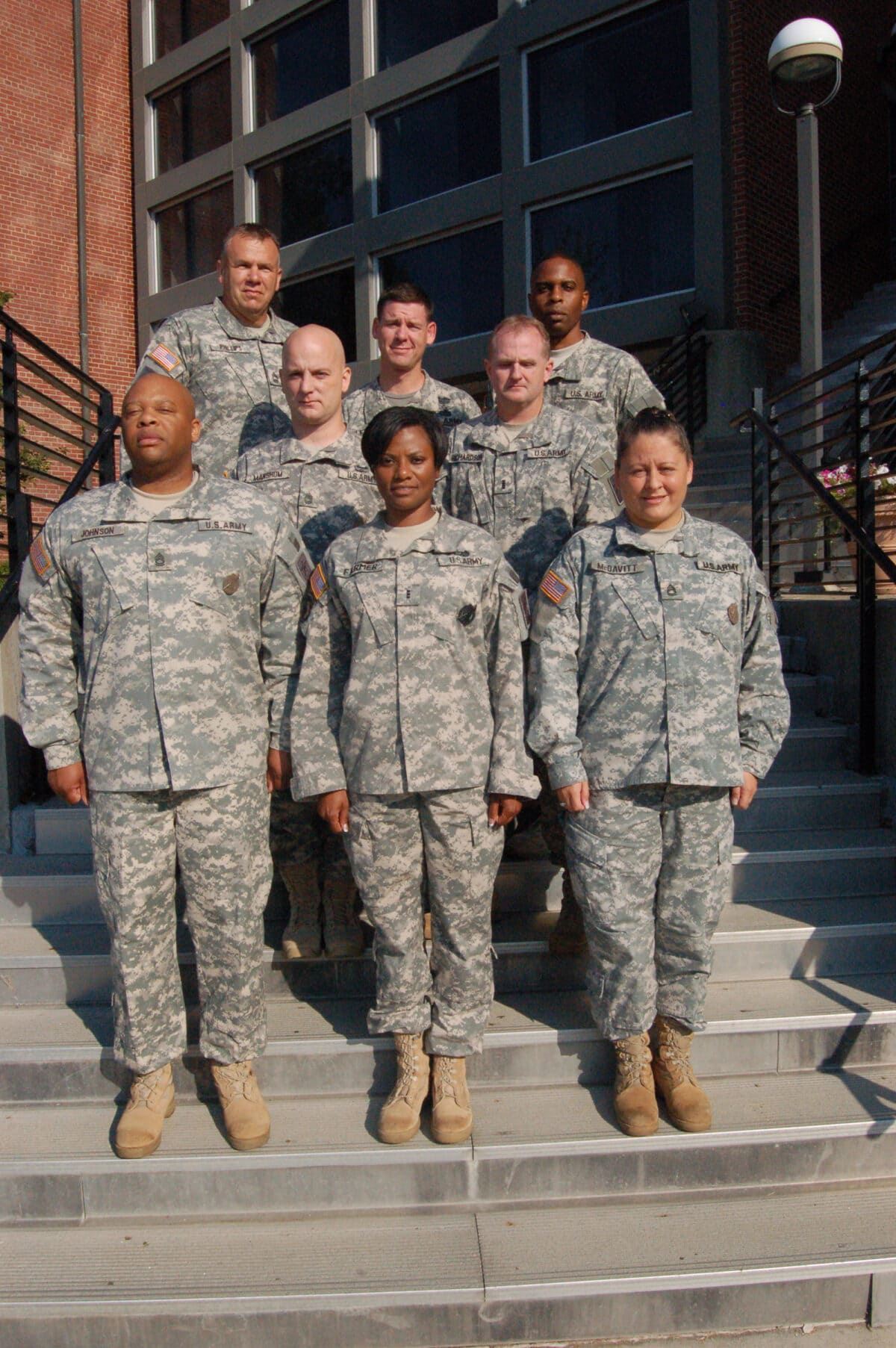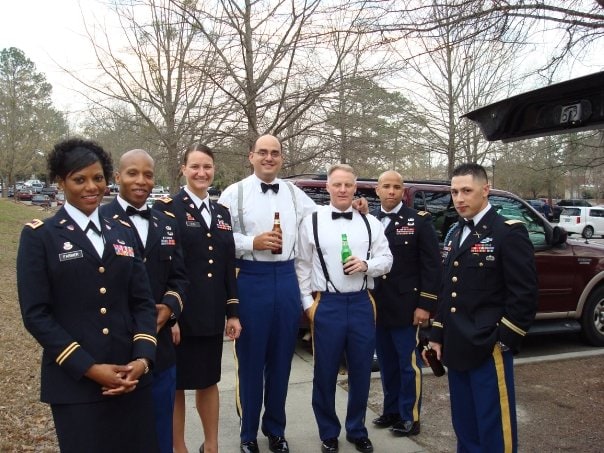STRENGTH IN EVERY STORY™
Allergies At First Glance and Discovering a Life with Migraine
Melissa’s Story, March 2025
As told by: Fabiola Palomo
Diagnosis received: Tension headache, Migraine
Symptoms: Nasal congestion, Head pain, Sensitivity to light
Believing she had a sinus headache, U.S. Army veteran, Melissa, went years self-medicating, not knowing the danger of doing so. While living with allergies, Melissa dismissed her head pain and other symptoms, before finally realizing her condition was serious and sought appropriate medical attention. For Melissa, such symptoms became apparent even when not exposed to allergens and began documenting her headache patterns. After visiting the doctor, she soon discovered that all along, her symptoms had not been due to allergies but were due to migraine.

Facing the Trouble

Headache attacks are not new to Melissa. She often experienced symptoms like headache attacks, nasal congestion, among other indicators that were signs of allergies. Melissa found relief through over-the-counter medications, such as antihistamines and decongestants.
However, Melissa became aware that she wasn’t experiencing any other allergy symptoms but the headache. “One night, a light bulb [went off in my head] I was like, ‘I don’t have any sinus issues… I’m not stuffy [or] not having any type of allergic response…”
Melissa began taking ibuprofen which helped minimize the severity of her pain, “One of the things I started to take was ibuprofen because they always give those away in the military… Those worked for a long time.”
Prominent Pain After Retirement
After Melissa retired, the circumstances took a toll on her mental health. “I went through depression, I went through anxiety… and so the headaches went to these just everyday things, [each attack was a firm], boom, boom, boom,” shared Melissa. The medication she relied on before was no longer effective. “I didn’t know what to do with those headaches because the pills weren’t really working. I would literally have to go and try to fall asleep.” Retreating to a dark room became Melissa’s remedy when encountering a migraine attack. “I’m self-medicating thinking, ‘Man, something’s wrong,’ because the ‘boom’ would not stop.”
Melissa also grew wary of other life-threatening conditions, like glioblastoma, a cancerous brain tumor, after her nephew passed away from it. “These headaches aren’t really going away unless I sleep. I’m worried now. I’m stressed…I said maybe I should go to the doctor instead of self-medicating.”
Brain scans were performed to ensure no abnormalities were found and soon, Melissa discovered she wasn’t experiencing “regular headaches” but was actually experiencing migraine attacks. “I had to document when I was getting these headaches and come to find out, it was migraines. Now, I manage… with this medication for migraine prevention… I’m [doing] a lot better,” said Melissa.
Fostering a Healing Journey and An Understanding of Migraine
From 2008 to 2024, the year she received her migraine diagnosis and started treatment, Melissa reflects on the challenging years without professional medical guidance and the dangers of self-medicating during that time.
“Those things [the medications] can impact your organs if you’re not medically supervised…,” shared Melissa. Although facing a pain so debilitating, Melissa is grateful for it as it prompted her to act, seeking help and effective treatment. “I’m just blessed that I did get the type of migraine that sat me down to say, ‘Hey, go see a doctor,’ because when you’re in the military, you suck it up and drive on. That’s the norm.”


While on her healing journey, Melissa was able to understand her symptoms further through resources provided by migraine and headache disorders advocacy groups, like the National Headache Foundation, “I feel good about the National Headache Foundation, [due to] the information and education that they can provide [for] people who are having headaches but not knowing what to do about it… [The resources] can help you educate yourself and take care of yourself, so you don’t have to go through it alone like I did with the self-medication,” shared Melissa.

A Change in Daily Life and Lending Hands
With migraine, a new reality was established where Melissa could no longer do the things she once enjoyed and reflects on the poor timing in which her attacks occur. “When you have migraine, all you want to do is, get in the dark, close your eyes and go to sleep. It doesn’t say, ‘Hey, we’re going to do this after work.’ It doesn’t say that. It’s just there. You have to deal with it when it comes… It definitely has impacted my life in that way where I would have plans but now [I need to cancel because of my symptoms]. Melissa also emphasizes the need for better understanding from others, adding, “Migraines are not just regular headaches. When someone tells you they’re suffering through a migraine, I wish that people would have more empathy, because if you’ve never had a migraine, you don’t know what it’s like.”

As founder of Shero Coffee Club, a coffee brand and community which empowers and celebrates women veterans, her time is limited. Fortunately, Melissa has effective migraine prevention treatment that has decreased the frequency and severity of her attacks, along with having a supportive community, “I have a team that supports [me] wherever I can’t be. I have a great husband [who is] willing to lend a hand whenever he can… If I’m in an episode, I’m not getting up. No matter how much I want to, I’m not getting up… When I go through that, my husband and the team are the backup,” shared Melissa.

Asserting Care, Needs, and a Positive Mindset
Melissa finds importance in advocating for your health, urging others facing similar challenges to do the same, reminding individuals they’re not alone. “I would start with your primary care provider, especially for women… Let them know what you are going through [and] what you are having. Sometimes it can be difficult, but you have [patient] advocacy there… What your primary care doctor is going to do [is] they’re going to recommend you [to a specialist]. I went to a neurologist, [and] they recommended several doctors because it might not just be migraines,” explained Melissa.

Oftentimes, people might be facing other comorbidities that need to be addressed if they haven’t done so already. “You might be dealing with PTSD on top of migraine and there could be other issues that are going on. Primary care is going to give you the specific doctor you need. Just go to your appointments and whatever they offer you because it’s not just medications that you have to take… Continue to just try out what the doctors are telling you until you find something that works. It’s going to be trial and error,” she said.
Migraine gave Melissa a new perspective, emphasizing how advocating for yourself means one is taking action to get their needs met. “If you’re quiet about this, you have to advocate for yourself. You have to let them know what’s going on and if it [the treatment] is not working, you have to let them know.”
Melissa reminds others, “It’s a fight. It’s a fight for your own health… Make a loud noise because these migraines can be debilitating… You have to advocate for yourself and go in with that fight in you and let them know not just one thing but everything that’s going on. That’s going to make all the difference in the world.”
